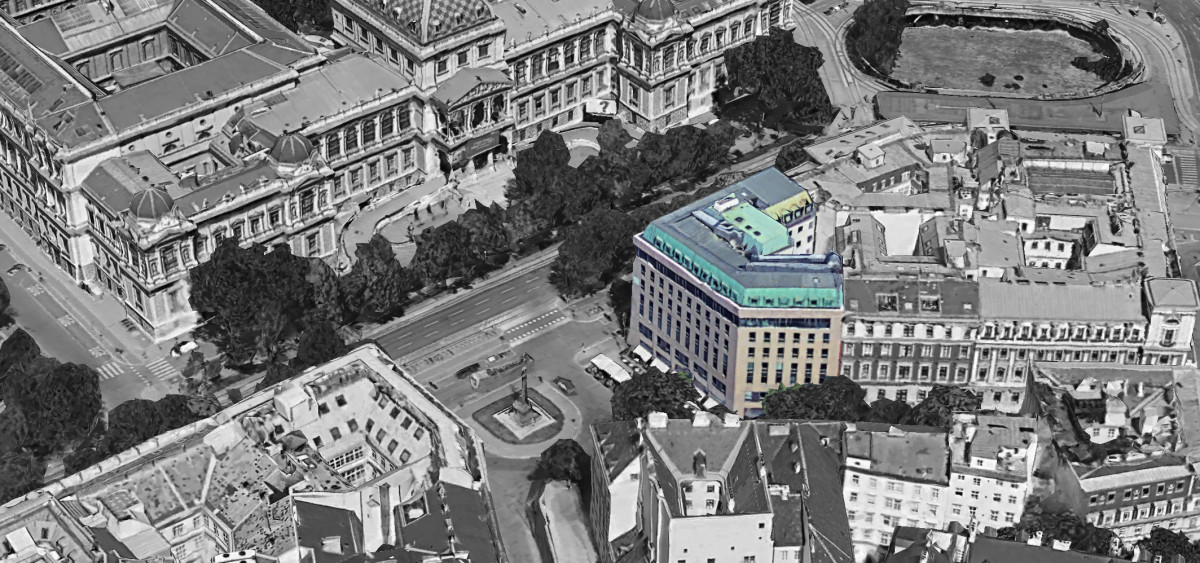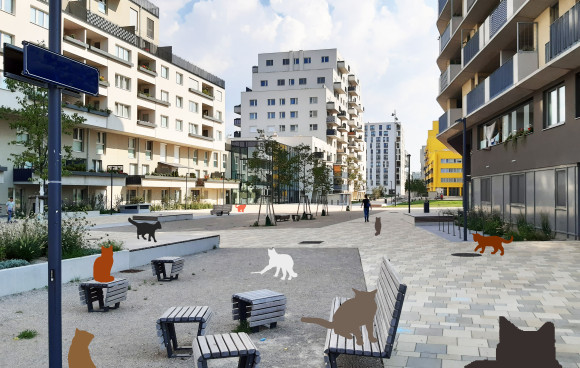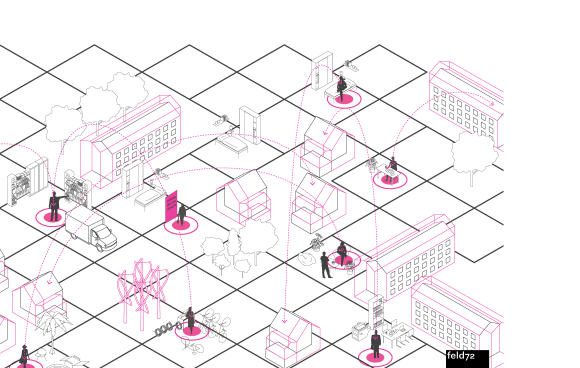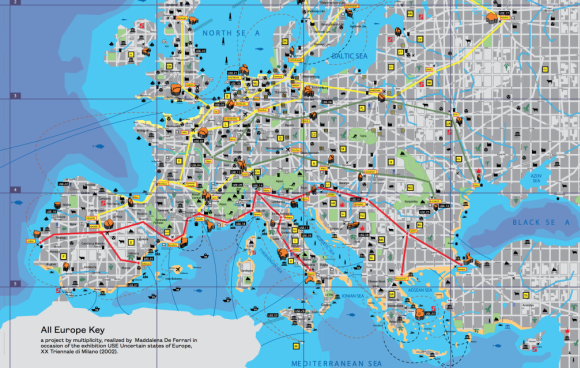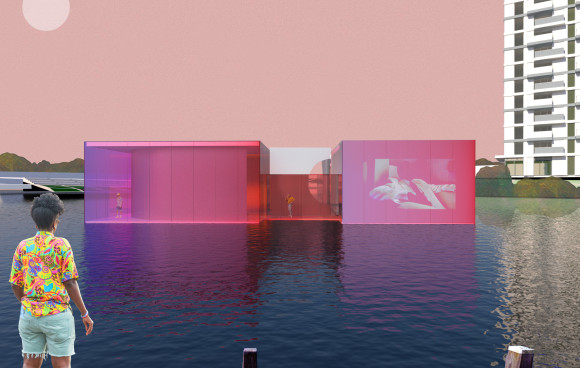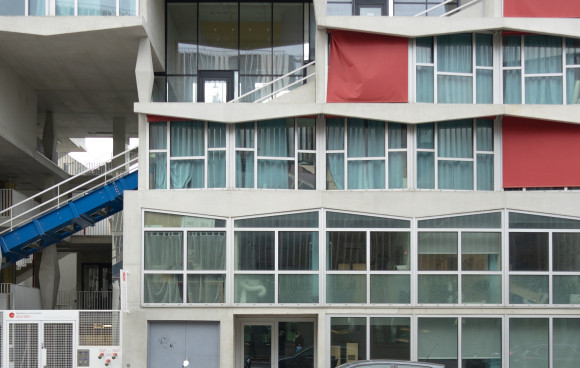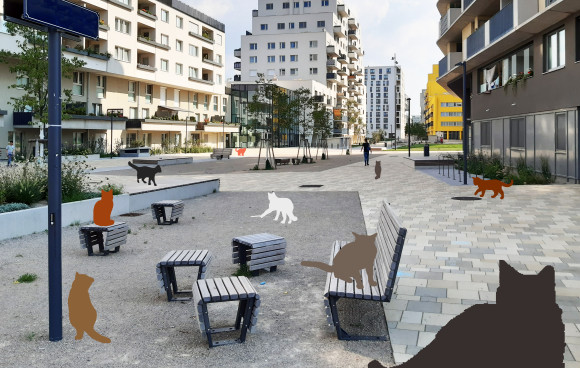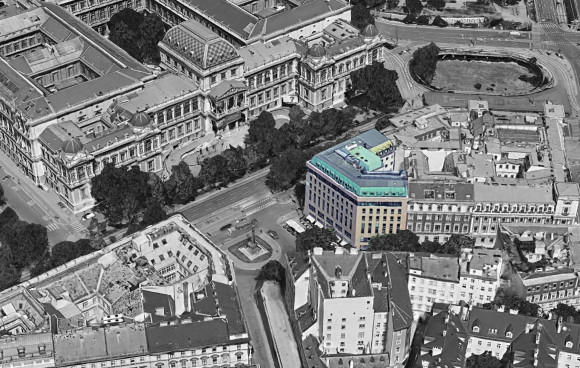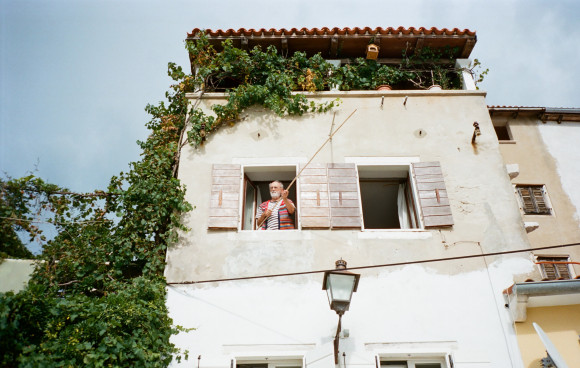Design Studio
Hansen, Förster, Ferstel - Planen in bester Gesellschaft, Universitätsring 10
Vienna's Ringstrasse, built at the end of the nineteenth and beginning of the twentieth century, is often viewed as a mere string of monumental buildings. It is overlooked that large sections also served representative living, especially the nobility, upper class and entrepreneurship at the turn of the century. Their magnificent palaces were mostly representative company headquarters, as well as corresponding residences for the owners. Rental apartments in these palaces for the upper class were also part of the utilization concept. Famous Ringstrasse architects such as Theophil Hansen, Heinrich Ferstel and Emil Förster created not only public buildings such as the Neue Hofburg, the Museum of Art and Natural History, the State Opera, the Burgtheater, the Parliament, the town hall and the university, but also the Ringstrasse Palace for families Epstein, Todesco or Ephrussi.
8.0h, 10 ECTS
In place of the former OPEC building, Universitätsring 10 / Mölkerbastei 1, which was built in 1965–1967 according to plans by the architect Carl Appel, after the original one, built by Emil Förster, which formed an ensemble with the neighboring houses, was hit by bombs in World War IIwas destroyed, a building with serviced apartments is to be planned, which will contain high-quality, comfortable apartments of various sizes.Representative large apartments as well as high-quality small apartments are to be created. When inserting it into the historical surroundings, the scale of the Ringstrasse with its high-quality architecture should be taken into account as well as that of the neighboring Mölkerbastei, without, however, falling into historical replicas.
